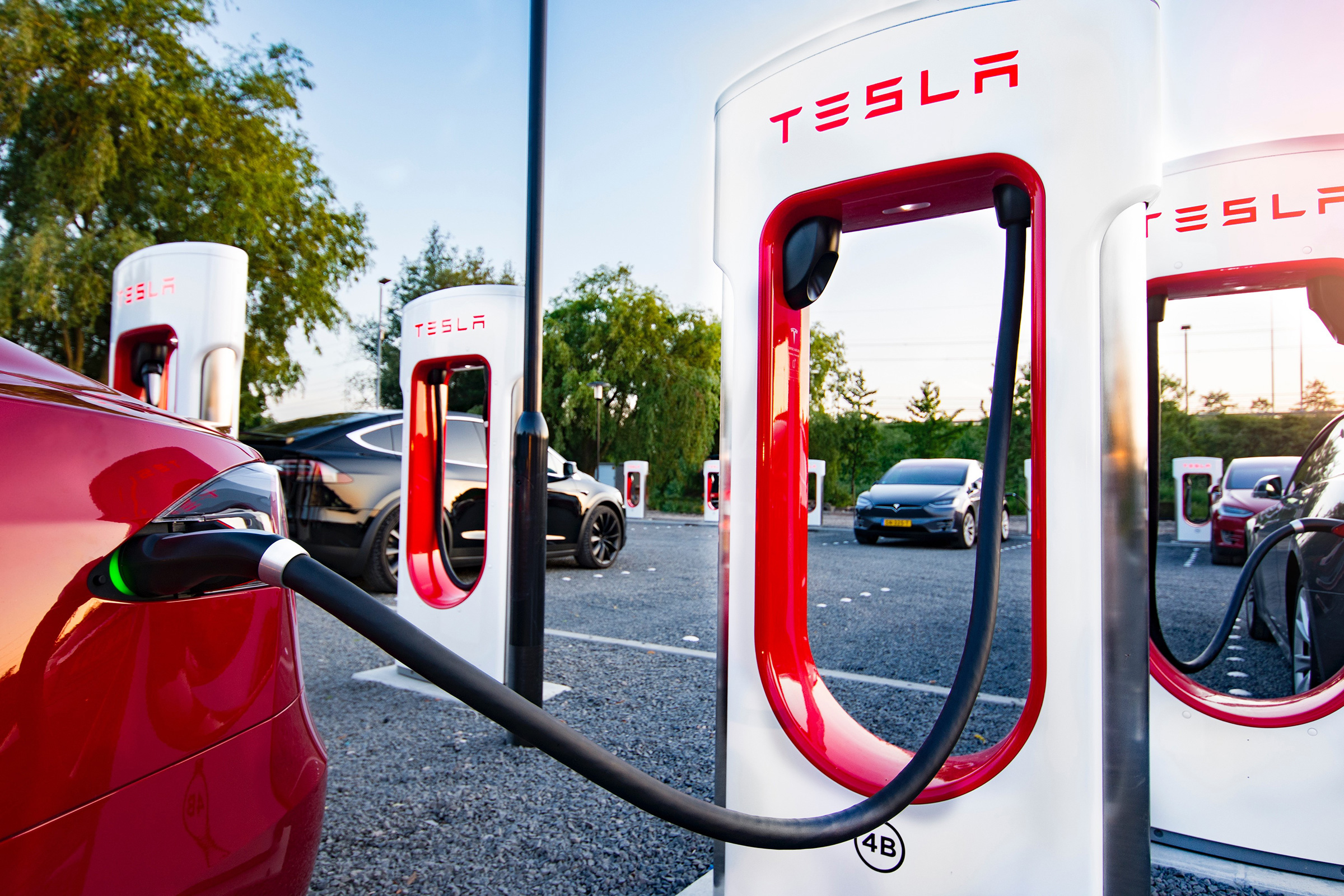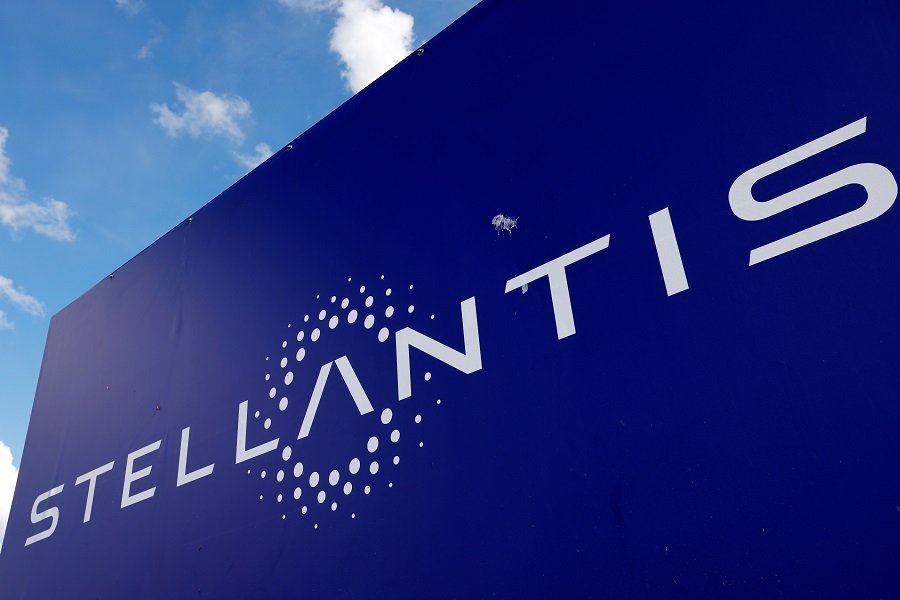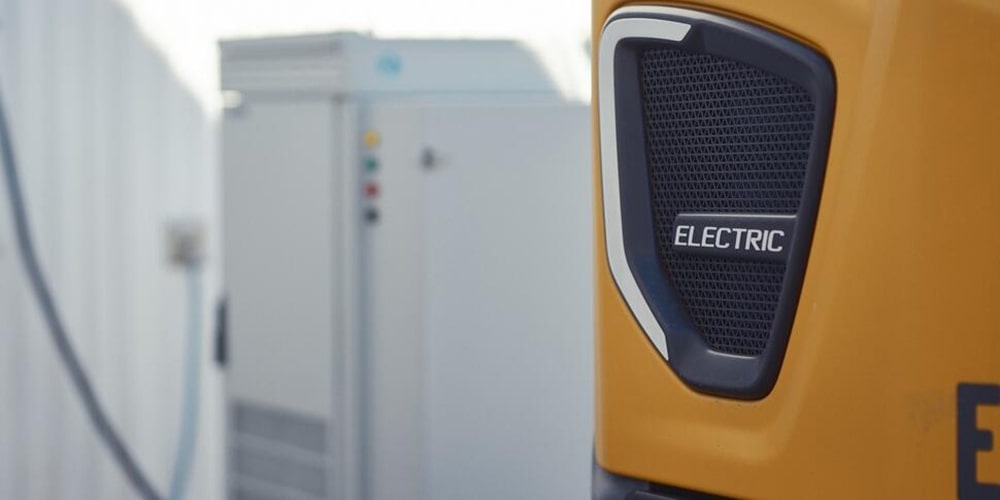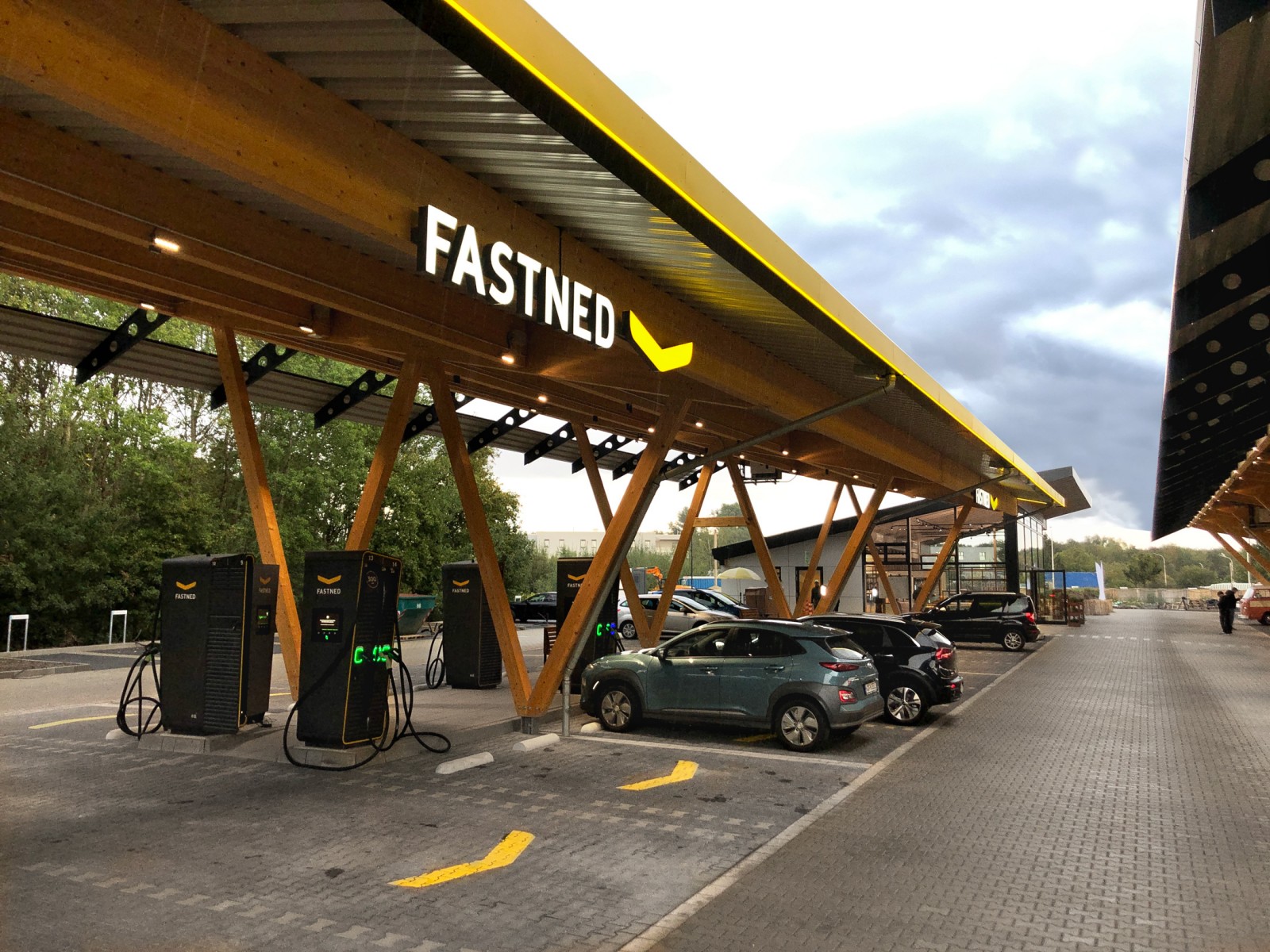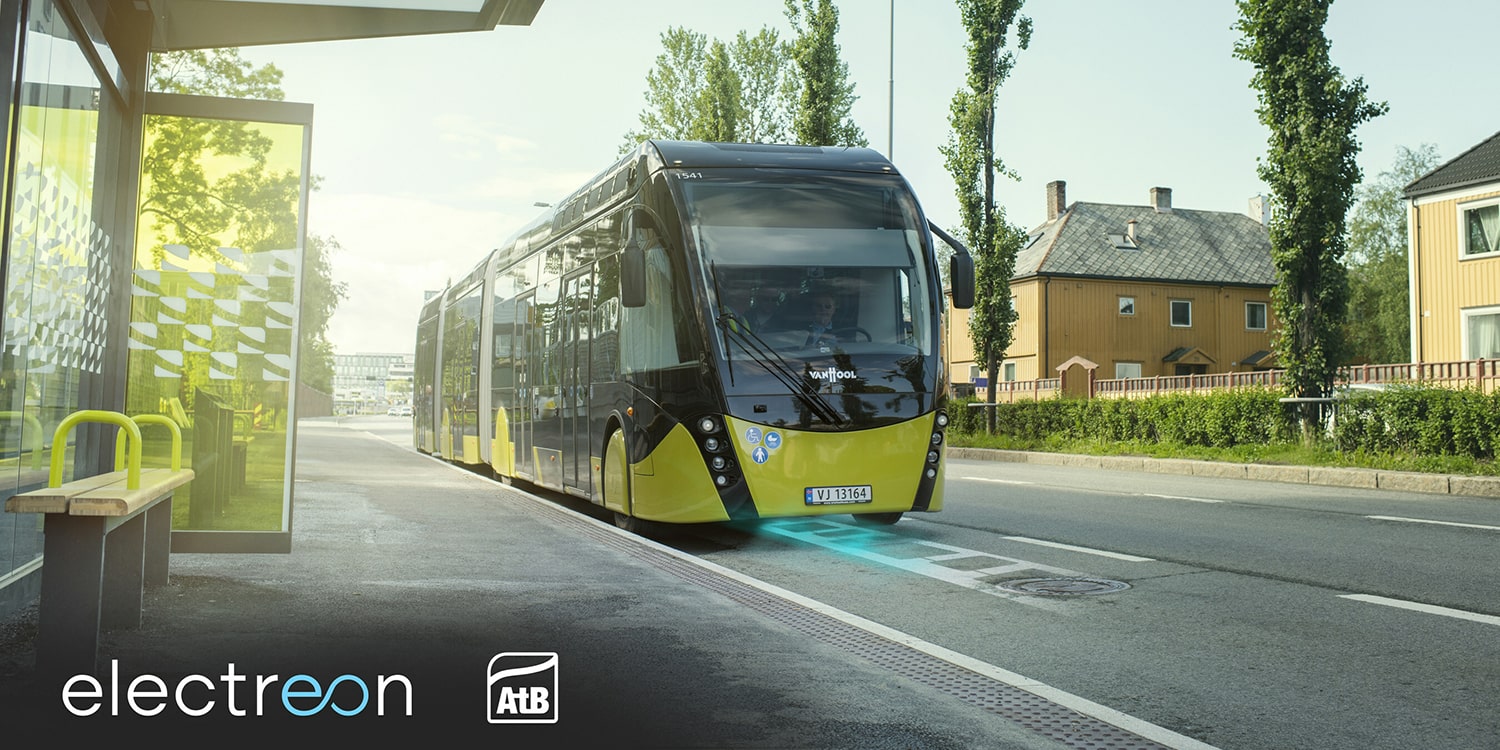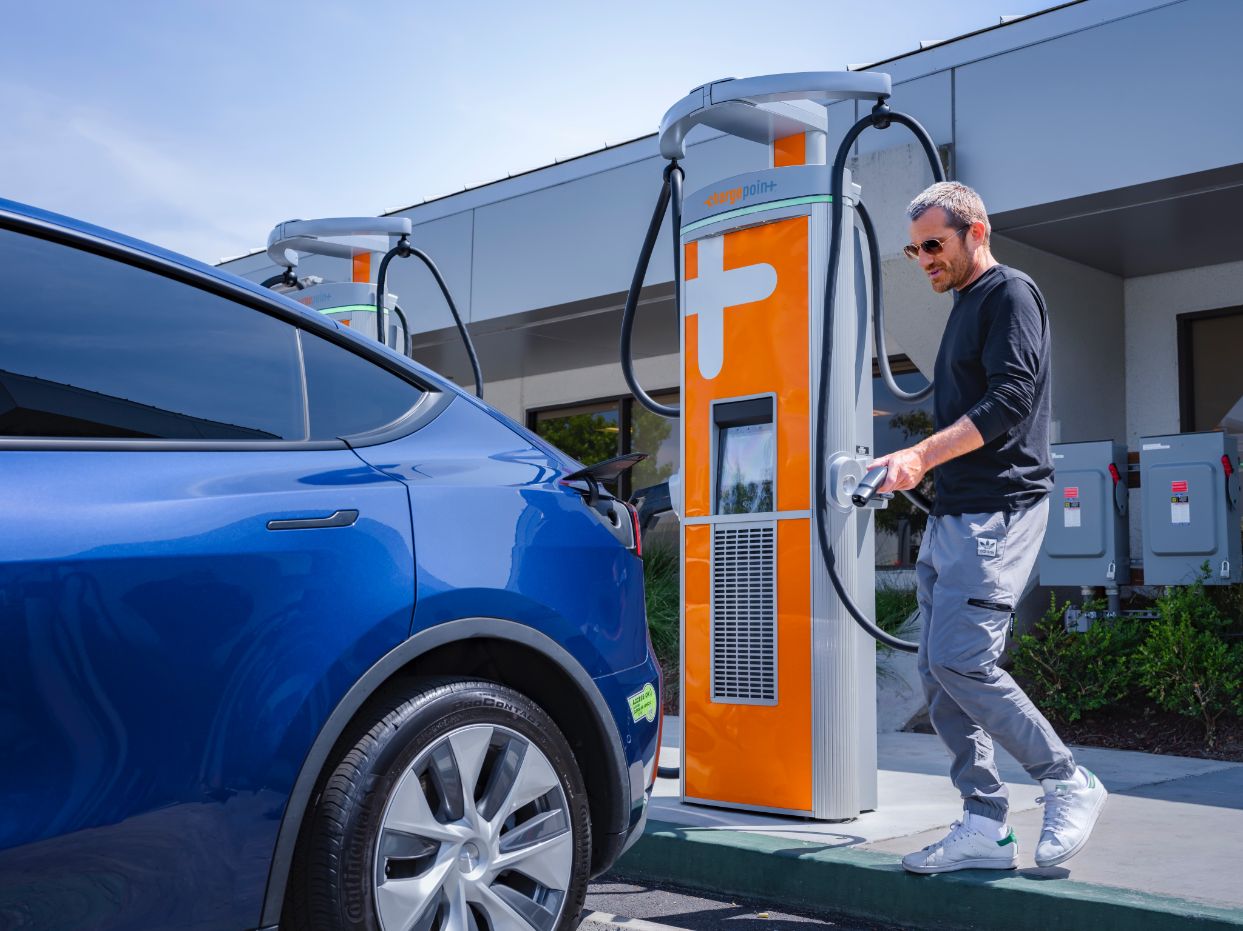In a significant development for electric vehicle (EV) charging infrastructure, Tesla’s electric-vehicle charging technology is swiftly advancing towards becoming the North American standard. This progress further bolsters Tesla’s ambitious plan to expand access to its once-exclusive charging network.
Over the past few weeks, Tesla’s charging technology has gained considerable traction, with Volvo Car joining the ranks of General Motors, Ford, and Rivian in embracing Tesla’s charging design. This move signifies a departure from earlier attempts by the Biden administration to establish the Combined Charging System (CCS) as the predominant charging standard in the United States.
SAE International, a renowned standards organization, has set an ambitious goal to create an industry standard configuration of Tesla’s charging connector in six months or less, according to an official from the organization. Discussions are currently underway between SAE International, Tesla, Ford, GM, other automakers, and the federal government regarding the standardization of the North American Charging Standard (NACS).
Frank Menchaca, President of Sustainable Mobility Solutions at SAE International, emphasized the collective sense of urgency and purpose shared by both industry and government stakeholders. He stated, “The important thing to understand about this process is that it’s no longer controlled by one company. It’s really all companies coming together to write a standard about how to develop for this plug.”
While Tesla refers to its technology as “the North American Charging Standard (NACS),” it still awaits approval as an official standard by SAE International.
On Tuesday afternoon, Tesla shares experienced a 3% increase, reaching $248.33, reflecting the positive market sentiment surrounding the company’s charging technology advancements.
A recent study conducted by the National Renewable Energy Laboratory (NREL), a federally funded research center, projects that the United States is on track to establish a network of 1.2 million public EV chargers, including 1 million Level 2 chargers, by 2030. However, the study does not provide a breakdown of NACS connectors and other connector types.
This projection surpasses the Biden administration’s target of deploying 500,000 public chargers by 2030. To achieve this ambitious expansion of the public charging network, an estimated $33 billion to $55 billion of combined public and private capital investment will be required, as outlined in the NREL study.
Ali Zaidi, White House national climate adviser, hailed the Biden administration’s approach to both CCS and NACS connectors, emphasizing the facilitation of greater interoperability and enhanced accessibility of chargers nationwide. Zaidi stated to Reuters, “It’s about creating a world where, regardless of your choice in electric vehicles, you have the charging capacity that you need.”
The White House has further stated that electric-vehicle charging stations utilizing Tesla-standard plugs would be eligible for substantial federal subsidies, provided they incorporate the U.S. charging standard connection, CCS.
The states of Texas and Washington have already committed to mandating the NACS alongside CCS as part of the federal program. The potential adoption of NACS by the federal government itself remains to be seen, marking an important factor for future developments in the EV charging landscape.

